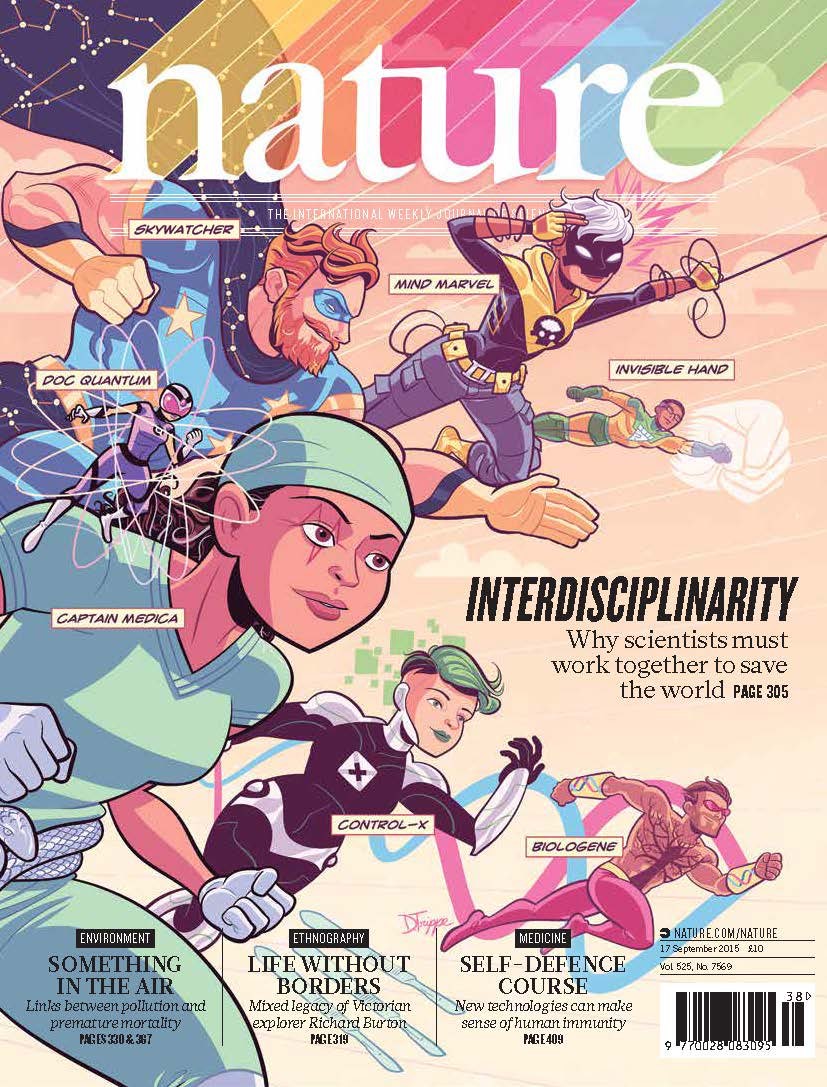DIMI The Legacy
Since 2013, DIMI has sponsored approximately 150 projects in the domain of deltas, infrastructures and mobility. The projects were funded using multiple criteria (societal impact, involvement of stakeholders and multiple departments) to make sure that participants moved outside of their disciplinary silo’s. For DIMI, cross-disciplinary learning resulting from this was a means, and not an objective. The ultimate goal is to reduce knowledge fragmentation, in order to create integrated solutions for the sustainable development of urban deltas. Also known as mode 2-learning, this working-style pushed ‘problem’- or ‘mission’-driven research and education, where the assignment determines which academic disciplines come to the table and how they will work together. Mode 2 differs from the dominant form of learning at the university (mode 1), where individual disciplines select what problem is relevant to work on.
The DIMI-legacy, first, demonstrates that TU Delft is in fact quite capable in delivering integrated solutions for sustainable development at different spatial scales. At the scale of structures, we have produced prototypes with sustainable techniques and materials, like the solar-powered charging station for E-bikes and the glass masonry bridge. For districts, a series of research-by-design competitions demonstrate both integrated designs for multiple transitions in the built environment (for example City of the Future) and an improved understanding of the design problem. Empirically detailed simulation models that aid airport managers in operational decision making, and an education-module for interdisciplinary design of post-tsunami areas were created (Tohoku special project). At the delta-scale, a preliminary matching between technical solutions for flood safety and the overall urban flood-resilience challenge in Texas, Ghana and Japan, was explored.
Second, the DIMI-legacy demonstrates that interdisciplinary learning is always better than multidisciplinary learning, because it removes the boundaries between the disciplines. In prototypes, project performance regarding time and costs goes up, when the fuzzy front-end of the design process avoids a multidisciplinary approach. For districts and delta’s, problem or solution-bias of participating disciplines is revealed. Additionally, transdisciplinary working – with societal partners – incentivizes interdisciplinary learning within TU Delft. Many of the larger ‘special projects’ of DIMI have generated occasional consultancy-assignments for the university, too.
To conclude: as scholars at an engineering university, we have the problem-solving capacity that potentially makes us the interdisciplinary superheroes Nature (Vol 525, 2015) took us to be. However, especially at the scale of deltas, we miss system-knowledge from other sciences and a proper match between problem and solution(s). The DIMI-funded, interdisciplinary Delta Futures-lab will continue to capture knowledge from education-projects on this issue. To continue our interdisciplinary learning on the sustainable development, however, upscaling the DIMI-legacy to include more disciplines is key.
